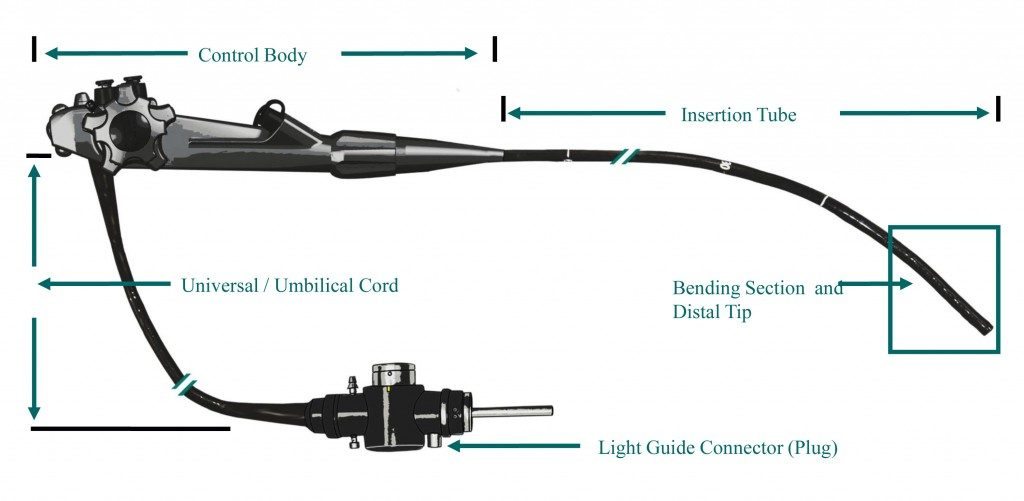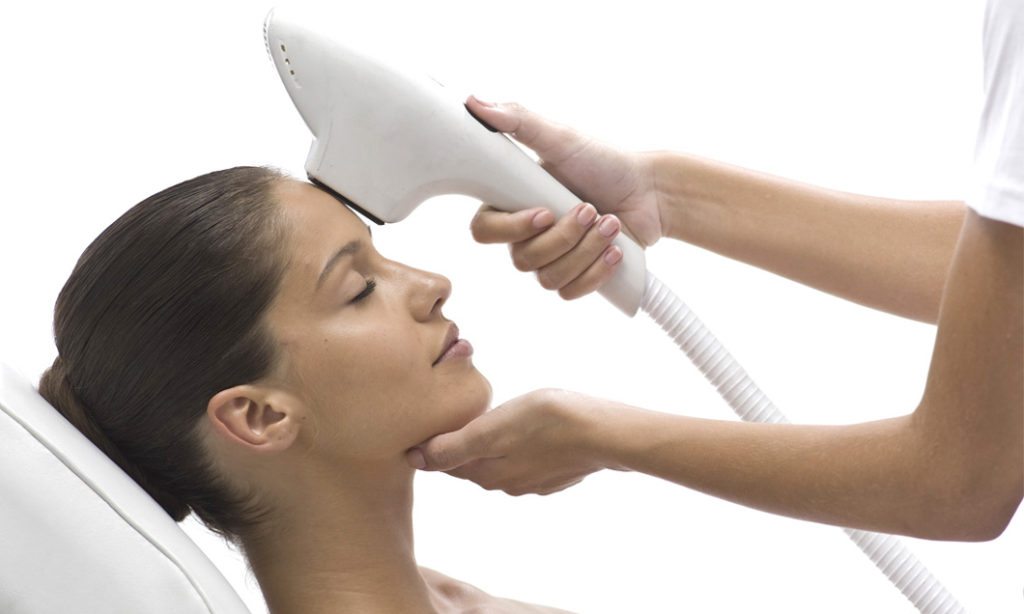Every year millions of lives are improved by plastic and reconstructive surgeons that treat congenital malformations such as cleft lip and palate, severe disfiguring wounds, animal bites and burn injuries.
The technology in instrumentation and materials has led to a less painful and intrusive way getting the results that the surgeon and the patient want.
A Brief History of Plastic Surgery
The term plastic surgery, from the Greek “plastikos” (fit for moulding), was coined by Pierre Desault in 1798 as a label for procedures to repair facial deformities. In the 19th century, developments in anaesthesia and antisepsis made plastic surgery safer and allowed for improvements in technique. Plastic surgeons further honed their skills during the 2 world wars, then applied their techniques to victims of birth defects, automobile and industrial accidents .The first modern cosmetic rhinoplasty is reported to have been performed in 1923, the first public facelift in 1931, since those early years development within the fields of materials, equipment and patient care has continued to grow.
Cosmetic surgery has boomed in the last few years, people have realised that it is possible to slow the ageing process by use of botox or fillers, enhance their bodies to gain self-confidence, or alter a disliked feature by reaching out to a skilled surgical team.
Both of these types of surgical practice have been carried out for a while but in recent years the advancement of both techniques and materials has really bought cosmetic and reconstructive surgery to the front of people’s minds and wishlists.
The Endoscope
A slim, tubular optical device used as a viewing system for examining an inner part of the body with an attachment for biopsy or surgery. Although originally thought of and crudely put into practice in the early 1800’s this has really transformed the way surgery is done. From its original inception from a tube and candle, it has become an incredibly versatile and hi-tech piece of surgical equipment that allows the surgeons to make tiny incisions in exactly the right places for procedures such as brow lifts and facelifts.
Advancements in Cosmetic Surgery
Botox
The most popular non-invasive procedure in the world is botulinum toxin or botox. It was discovered back in 1987 by 2 Canadian doctors that discovered that the toxin normally used to treat severe spasms in the eye and surrounding areas actually stopped wrinkles from appearing.
Dermal fillers
Back in 1893, a Dr Neuber used fat from a patient’s arms to fill facial defects. In the 1940’s and 50’s silicon was used instead of fat but complications meant it was banned from use until 1992. The 70s brought a new wave of animal collagens that were used for injections and implants and continued to be developed until 2006. Competition came in the form of a new family of next-generation hyaluronic acid fillers that eventually beat the bovine and other animal collagens. There a now a number of dermal fillers available that are tried and tested.
IPL – Intense Pulsed Light
IPL devices are very popular for use in cosmetic treatments including acne, broken capillaries, wrinkle reduction, photo rejuvenation
For hair removal whilst there are plenty of methods of effectively removing bodily hair, such as shaving or waxing, IPL is one of the few ways of destroying the hair follicles permanently so that the hairs do not grow again, permanently reducing the amount of hair growing in the area.
IPL – Photofacials
The IPL device delivers high-intensity computer-controlled pulses of light that penetrate your skin and heat the subsurface layers and is used to treat the following conditions.
|
|
|
Tumescent Liposuction
In the tumescent technique for liposuction, a large volume of very dilute solution of local anaesthesia (lidocaine and epinephrine) is injected into the fat beneath the skin, causing the targeted area to become tumescent, in other words, swollen and firm. This technique, developed in 1985, has allowed liposuction to be performed with the patient under local anaesthesia while minimising blood loss and the risks of general anesthesia.
Plastic surgery, in general, has always been driven by new technology and you can rest assured that every piece of equipment and material used has been thoroughly tested to ensure it is safe to use.
For any advice on any other surgical procedure then please feel free to contact us on 09 522 0652 or look at the website for details of your nearest surgery for a consultation.
For any advice on this or any other cosmetic procedure then please feel free to contact us on 09 522 0652 or find details of your nearest Plastic Surgical Centre for a consultation.




